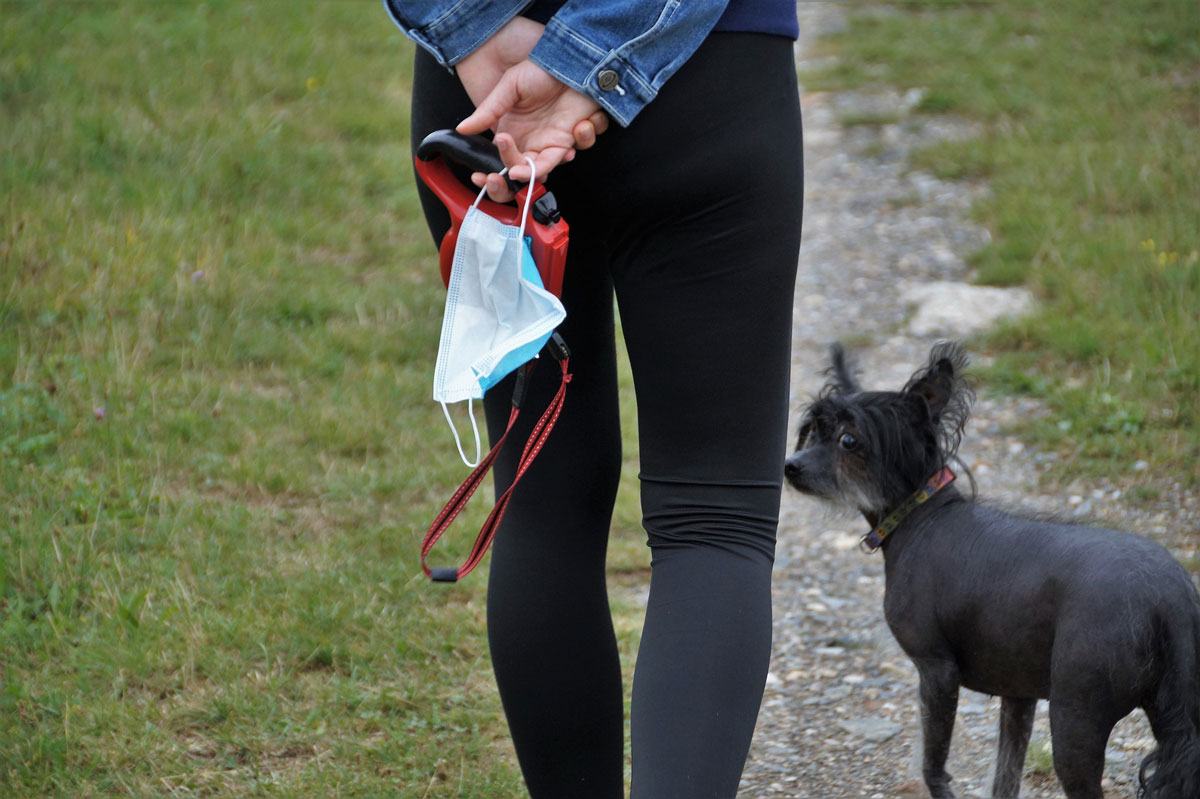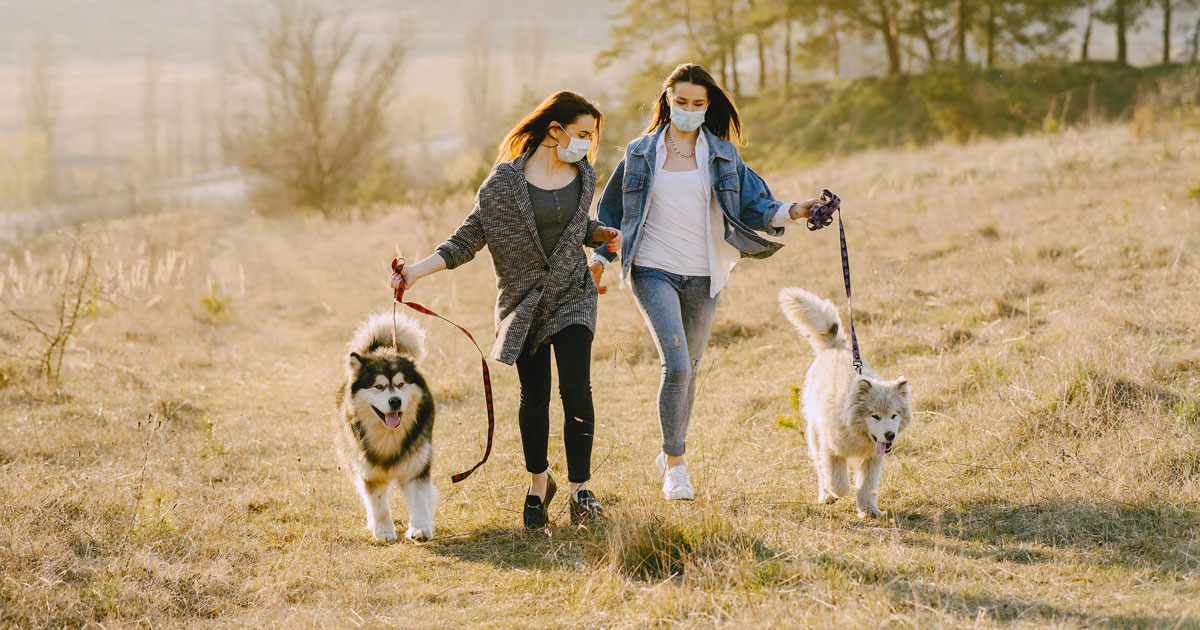Having been lucky enough to spend the past few days in Cornwall – at a time of year where dog walkers are plentiful and you can hardly take two steps without tripping over something small and fluffy – it’s struck me that COVID-19 has not only shaped the way we interact with one another, but also with other animals.
Although the British public as a whole has never been labelled as “overly friendly”, we never used to go out of the way to cross the street to avoid each other; now, however, that’s become a regular occurrence.
The way we behave around other people has had to change over the past few months, but I think it’s worth arguing that a change in the way we behave around pets is equally necessary.
Group walks
Dog walking in groups has obviously been reduced to a maximum of six (furry friends notwithstanding of course), along with many other social activities across the country, but it is still important to maintain social distancing and not be tempted to go back to old habits.
Taking care when holding another dog’s lead, or getting tangled in a web of leads as your dogs are overwhelmed with seeing each other again – it’s also important to obviously be mindful of other members of the public, as six dog walkers marching down the street, each with one or two dogs in tow, is now the closest thing to a booked out concert and can seem quite intimidating to some poor person just trying to get to the shops.
Up close and personal
Approaching dogs you aren’t familiar with is a situation that should always be treated with caution, but coronavirus adds an extra element to consider.
I was enjoying a pub dinner recently when a couple came in with the most adorable 10-week-old border collie and made the whole room erupt into a cooing, aww-ing mess (myself included). It seemed that everyone’s instinctual reaction was to approach, but in the current climate almost everyone stayed seated – if a little mournfully.
So much has been written in the papers about whether our animals can transmit the virus, whether they carry it on their fur from where their owners have touched them, if they’re asymptomatic carriers (etc) that I don’t think a lot of people know what they should or shouldn’t do around other people’s pets. There is also the question of whether the owner would feel comfortable with you getting close enough to pet them in the first place – and as a further minefield, the addition of face masks can make it very difficult to read a persons facial expression to gauge their reaction.

Facing the facts
Face masks can also pose problems for dogs, being a species that relies heavily on physical over verbal communication. The absence of facial cues can be disconcerting for some dogs and make them more nervous or prone to aggression than they might ordinarily be.
Furthermore, if the dog in question did not grow up in the world of face-masks and visors, or has had a negative experience with a person wearing a similar item, it can cause it to be excessively wary, stressed and defensive. If a dog is too young to remember pre-COVID life, he/she may also not be used to heavy traffic or large numbers of people.
It’s perhaps more important than ever to consider an animal’s individual circumstances before engaging with it. If in doubt, ask the owner for his or her permission and a little bit about the dog. For reference, a yellow harness or lead is often used to indicate a particularly nervous dog.
Assistance dogs
A final consideration that I’d hope would come naturally to everyone is to give way to people with service dogs, whether they are guide dogs or for other purposes.
Although training is already underway for some guide dogs to learn to social distance, a lot of dogs were never prepared for these circumstances and a full two-metre distance isn’t always entirely possible or safe (for example, two people passing each other on a thin kerb beside a busy road).
Being mindful of service dogs and taking care to give way when possible goes a long way in ensuring everyone can stay safe and well.

Leave a Reply